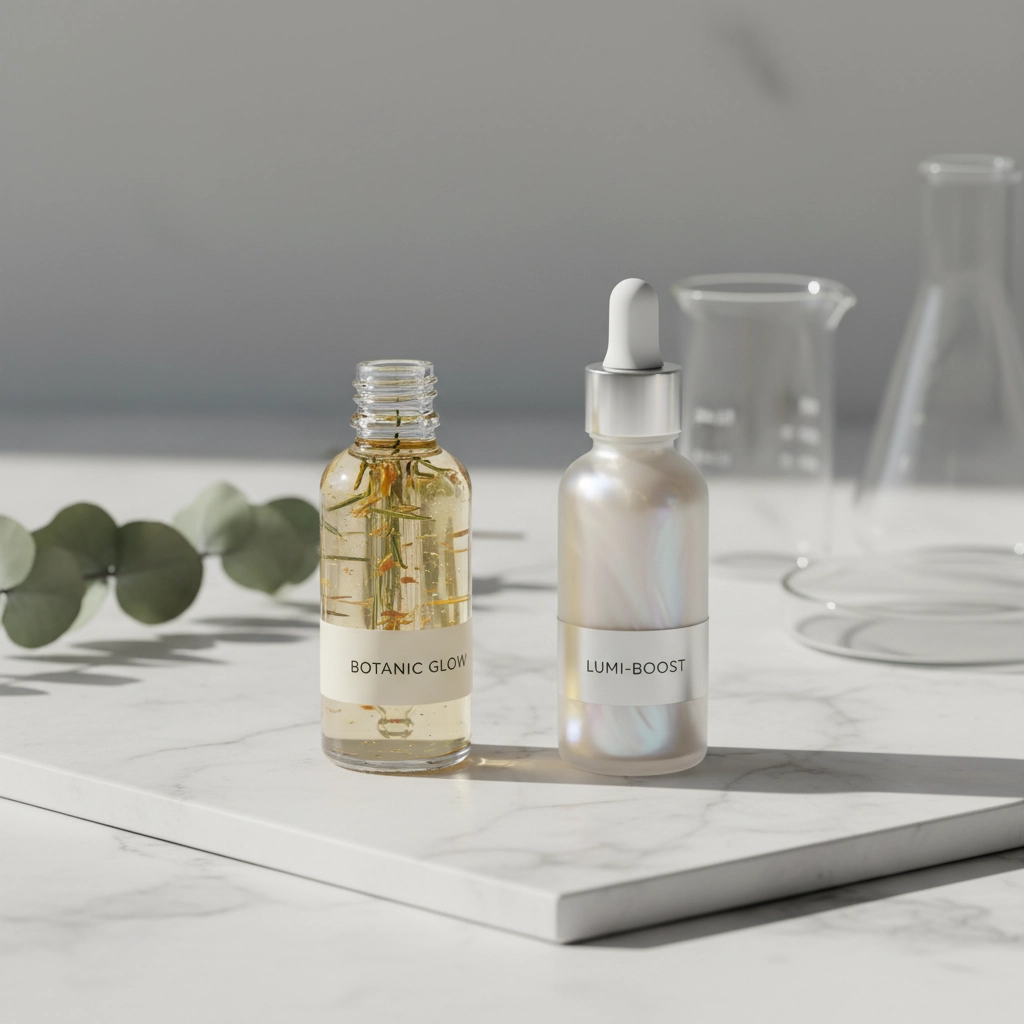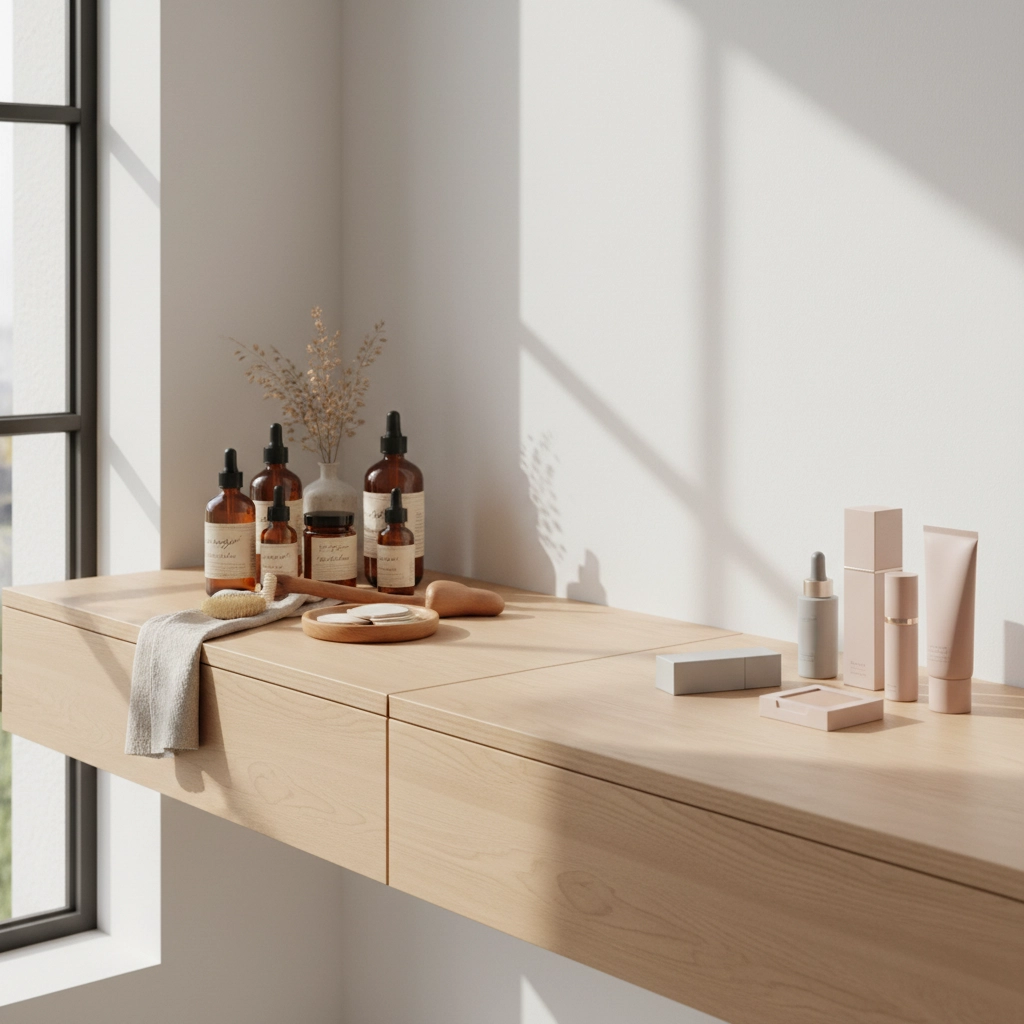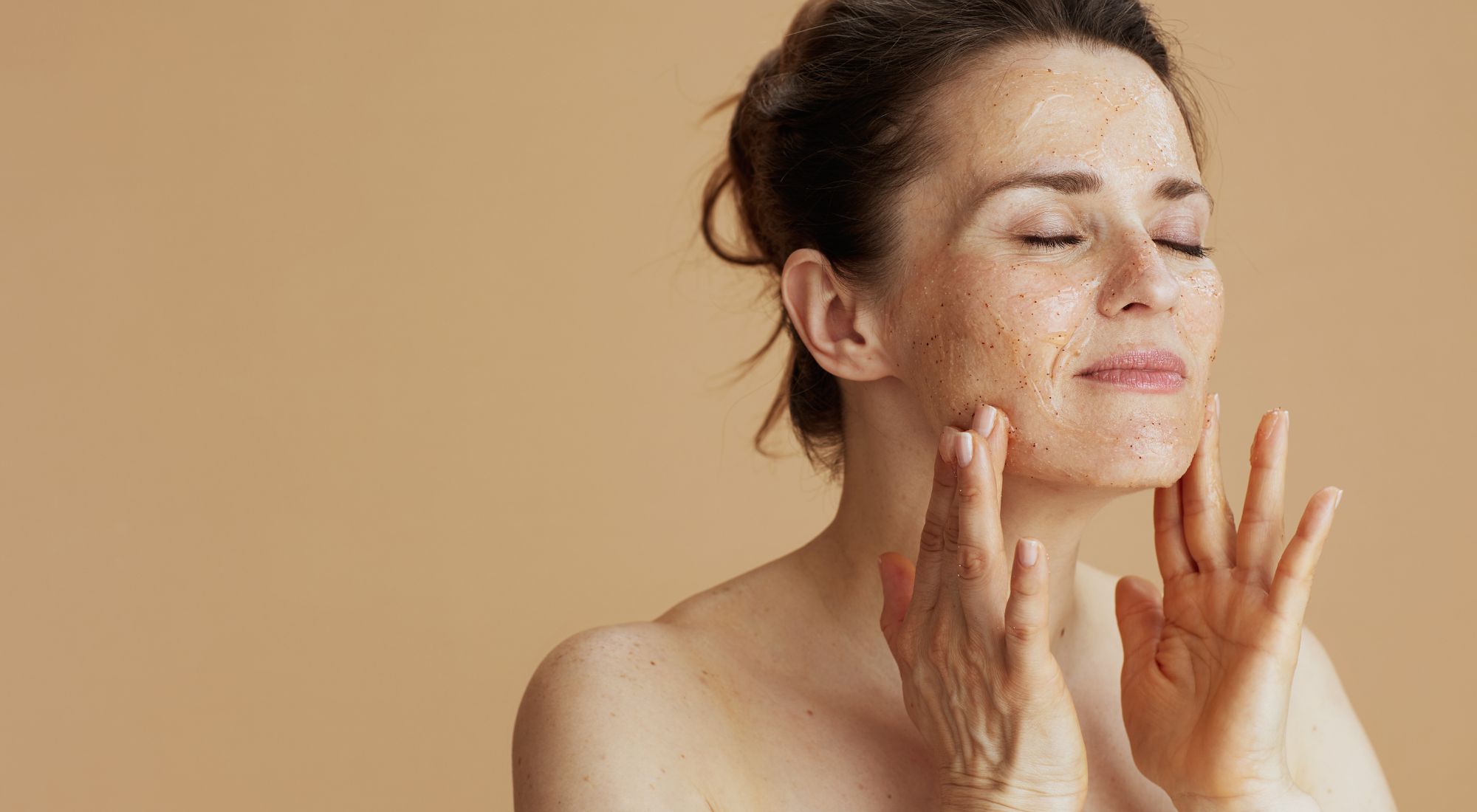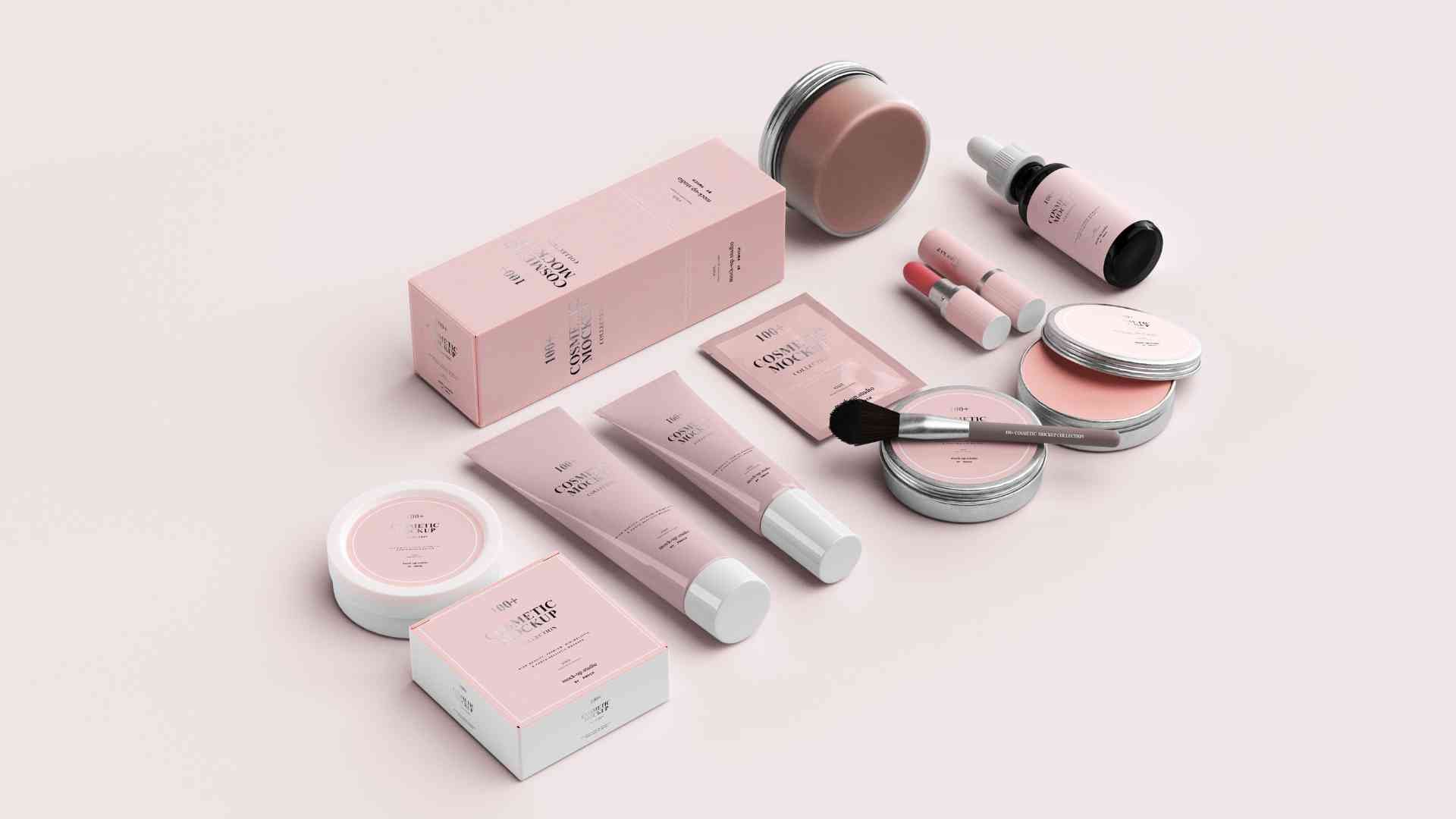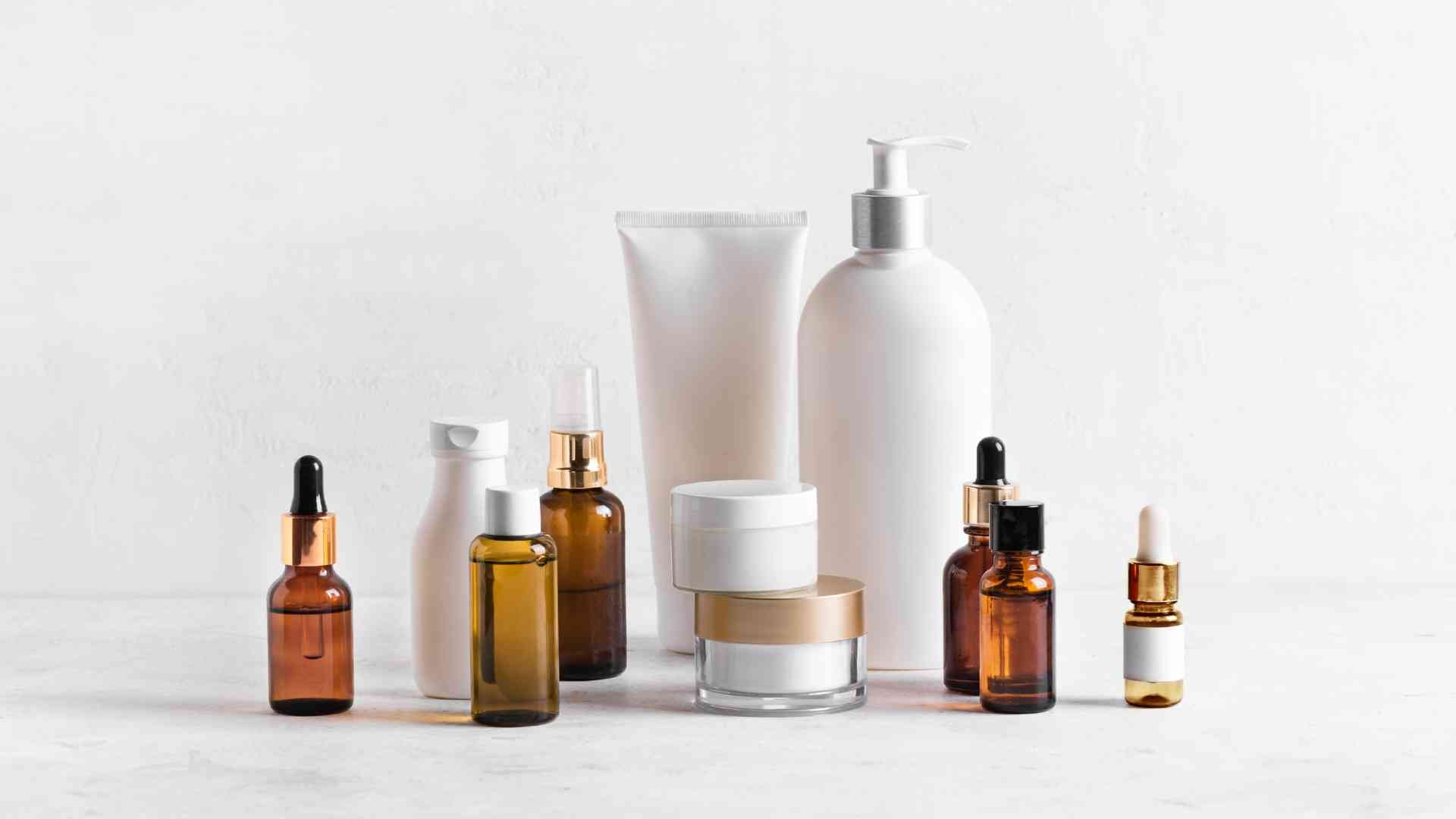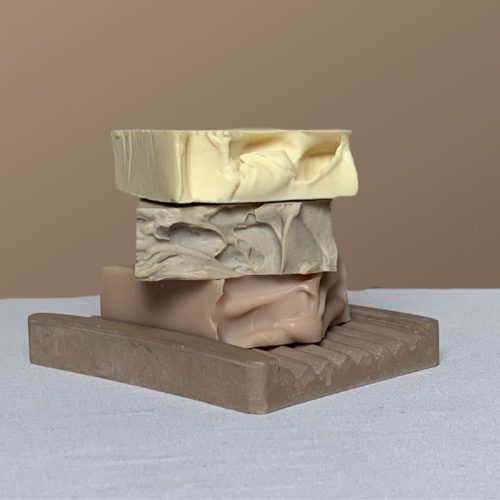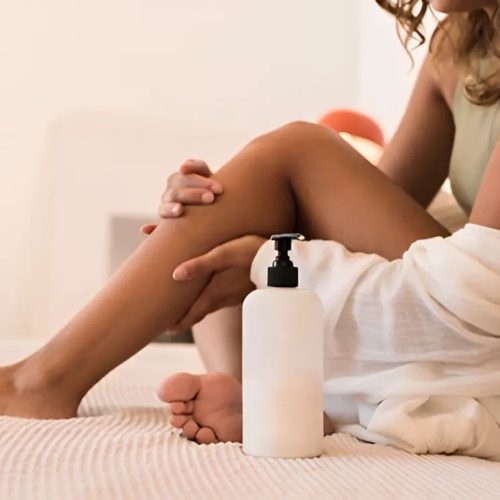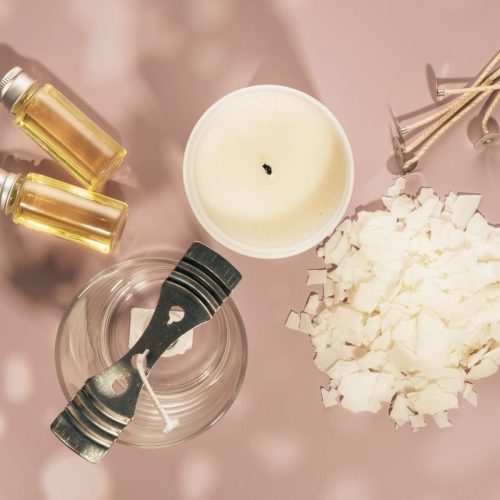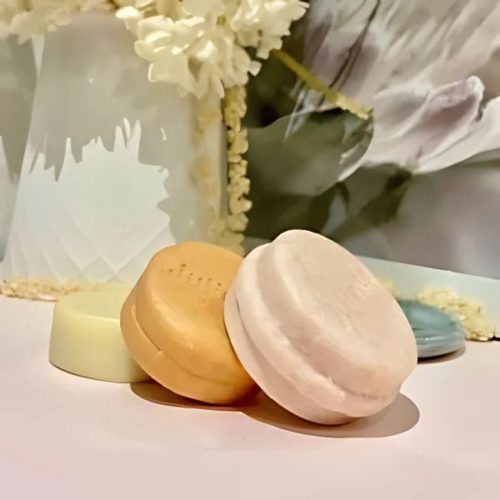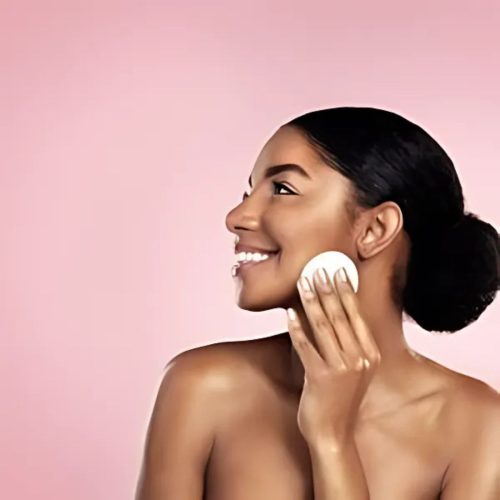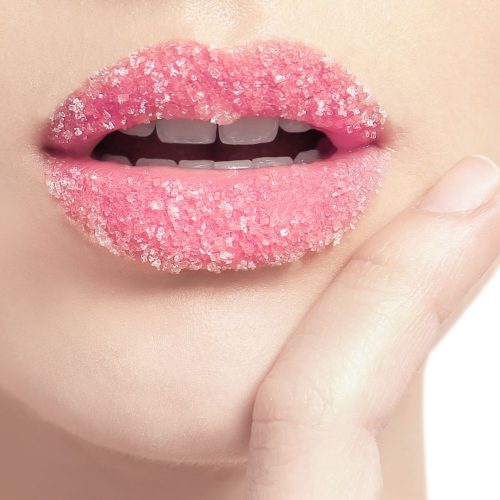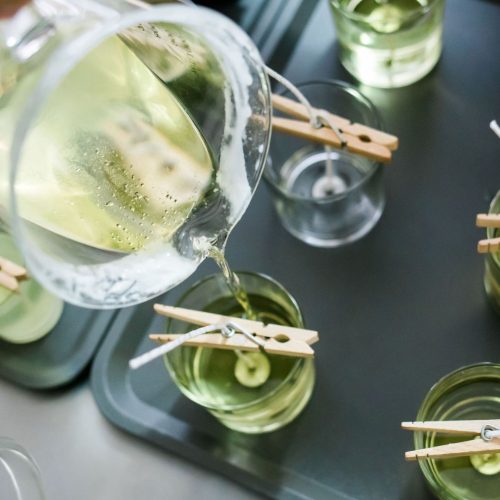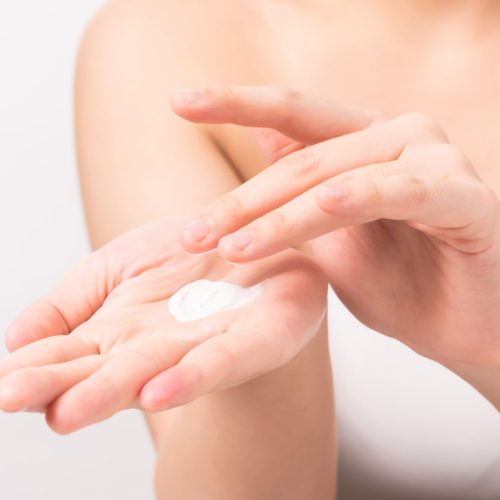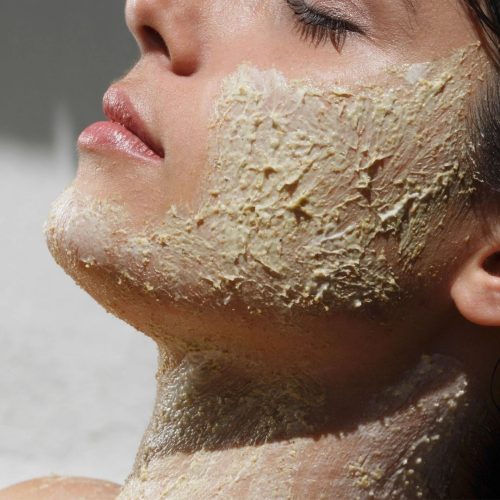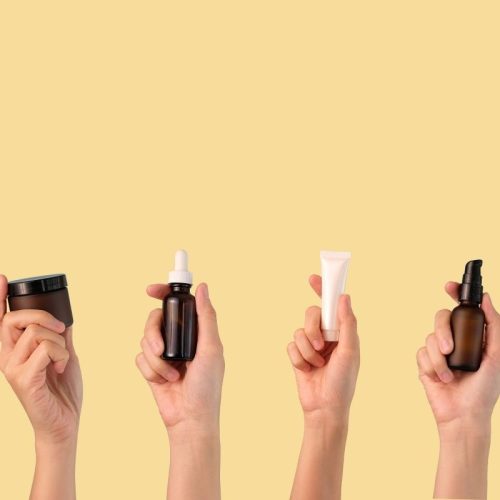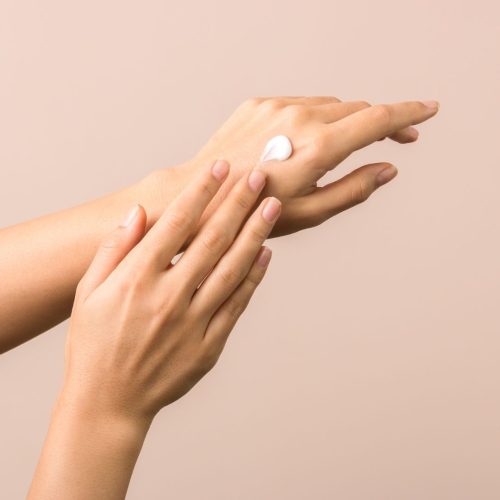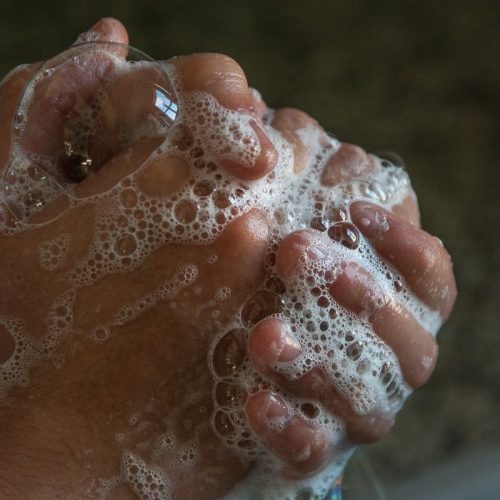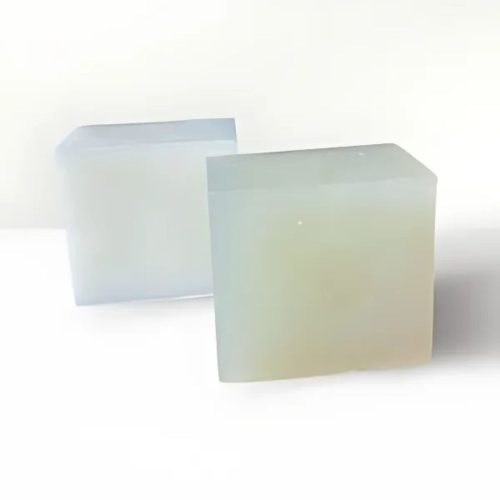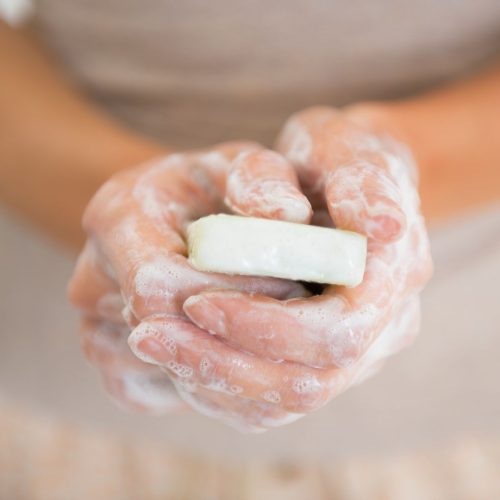When it comes to launching your beauty brand, choosing between clean beauty and traditional formulas isn't just about ingredients: it's a strategic business decision that will shape your entire brand identity, target market, and profit margins. The choice you make today will determine whether you're competing on transparency and wellness or performance and affordability.
The beauty industry is experiencing a seismic shift. Clean beauty sales are surging while consumers become increasingly ingredient-conscious, yet traditional formulas still dominate market share with their proven performance and cost-effectiveness. As a small business owner, you need to understand both paths before committing your resources.
Understanding Clean Beauty Formulas
Clean beauty formulas prioritize safer, non-toxic ingredients that are gentler on both skin and environment.
Key advantages for your small business:
- Higher consumer trust through transparency – Today's consumers want to know exactly what they're putting on their skin
- Appeals to growing health-conscious market – The clean beauty market continues expanding as wellness becomes mainstream
- Gentler formulations reduce complaint risk – Fewer harsh ingredients mean fewer customer service headaches
- Environmental benefits align with sustainability trends – Perfect for eco-conscious branding strategies
Potential business challenges:
- Higher ingredient costs impact profit margins – Premium ingredients can cost 2-3 times more than conventional alternatives
- Shorter shelf life creates inventory pressure – Natural preservatives aren't as robust, requiring faster turnover
- Limited performance in some categories – Natural alternatives may not match synthetic performance
- Complex sourcing requirements – Finding reliable suppliers for specialty ingredients can be challenging
- Consumer education needed – You'll need to justify higher prices through ingredient benefits
Understanding Traditional Formulas
Traditional beauty formulas leverage both natural and synthetic ingredients, including proven preservatives, colorants, and performance enhancers that have decades of safety data and consumer acceptance behind them.
Key business advantages:
- Cost-effective ingredient sourcing – Established supply chains keep costs predictable and low
- Longer shelf life improves cash flow – Products stay fresh longer, reducing waste and markdowns
- Superior performance in key categories – Synthetic ingredients often outperform natural alternatives
- Wide ingredient variety enables creativity – More formulation options mean more product differentiation
- Established consumer expectations – Customers know what to expect from traditional products
Potential business challenges:
- Ingredient transparency concerns – Some consumers actively avoid certain synthetic ingredients
- Environmental impact questions – Eco-conscious consumers may reject traditional formulas
- Potential for skin sensitivity – Some synthetic ingredients can cause reactions in sensitive users
- Regulatory complexity – Certain synthetic ingredients face increasing scrutiny and regulation
Business Impact Comparison
| Business Factor | Clean Beauty | Traditional Formulas |
|---|---|---|
| Startup Investment | Higher due to premium ingredients | Lower, more accessible entry point |
| Target Demographics | Health-conscious, eco-friendly, premium buyers | Broader mainstream appeal |
| Profit Margins | Lower margins, higher prices | Higher margins, competitive pricing |
| Inventory Management | Faster turnover required | Longer shelf life, easier planning |
| Marketing Position | Transparency and safety focused | Performance and value focused |
| Supply Chain | Specialized sourcing needed | Established, reliable suppliers |
Market Positioning and Consumer Behavior
Clean beauty attracts consumers who prioritize ingredient lists over price points. These customers typically research products extensively, read labels carefully, and are willing to pay premium prices for products that align with their values. They're often younger, urban, and have higher disposable incomes.
Traditional formula customers focus more on product performance, brand reputation, and value for money. They may care less about individual ingredients and more about whether the product delivers on its promises. This broader market includes price-sensitive consumers and those who prioritize convenience over ingredient consciousness.
The Numbers Game: Cost Analysis
Let's break down the financial reality. Clean beauty ingredients can cost 50-200% more than traditional alternatives. A basic moisturizer using conventional ingredients might cost $3-5 to produce, while the same formula using clean alternatives could cost $6-12. However, clean beauty products typically command 30-50% higher retail prices, which can offset some of the increased costs.
Traditional formulas offer more predictable profit margins. With lower ingredient costs and longer shelf life, you can achieve healthy markup while maintaining competitive pricing. This approach is particularly valuable for small businesses operating on tight budgets or targeting price-sensitive markets.
Regulatory Considerations
Clean beauty formulas face fewer regulatory hurdles since they typically avoid controversial ingredients. However, you'll still need proper preservation systems and stability testing. Traditional formulas may require more extensive safety documentation, especially if using newer synthetic ingredients, but they benefit from decades of established safety data.
Making the Strategic Choice
Choose clean beauty if:
- Your target market values transparency and wellness over price
- You can absorb higher ingredient costs while maintaining competitive margins
- You want to differentiate from larger competitors through ingredient storytelling
- Your local market skews younger, urban, or higher-income
- You have patience for longer customer education cycles
Choose traditional formulas if:
- You're operating on tight margins and need cost-effective solutions
- Your customers prioritize performance, variety, and value
- You need predictable inventory management with longer shelf life
- You're targeting mainstream consumers who value proven results
- You want faster market entry with lower upfront investment
The Hybrid Strategy
Don't feel locked into one approach forever. Many successful small brands start with one formula type and gradually expand. You might begin with traditional formulas to establish cash flow and customer base, then introduce clean alternatives as your business grows and margins improve.
Alternatively, you could launch with clean beauty to capture that premium market, then develop more affordable traditional lines to broaden your appeal. The key is understanding your primary customer base and building from there.
Future-Proofing Your Decision
Consumer trends suggest continued growth in clean beauty, but traditional formulas aren't disappearing. The most successful approach aligns with your specific market, operational capabilities, and growth timeline. Consider where you want your brand to be in five years and choose the foundation that supports that vision.
Remember, ingredient choice is just one factor in business success. Your marketing, customer service, distribution strategy, and financial management all play crucial roles regardless of which formula path you choose.
Take Action Today
The beauty industry waits for no one. Research your local market, survey potential customers, and analyze your competition to understand what approach fits your business model. Whether you choose clean beauty's premium positioning or traditional formula's proven performance, success comes from executing your chosen strategy with excellence.
Ready to make your decision? Consider starting with a small product line to test market response before fully committing to either approach. Your customers will ultimately tell you which direction offers the best opportunity for your specific business.
post comments
Read more like this
